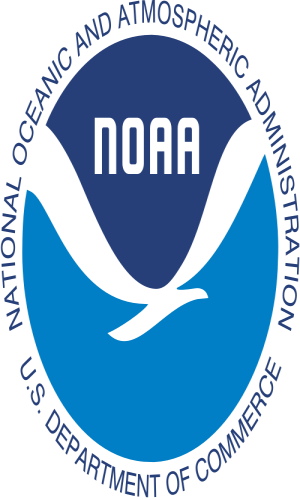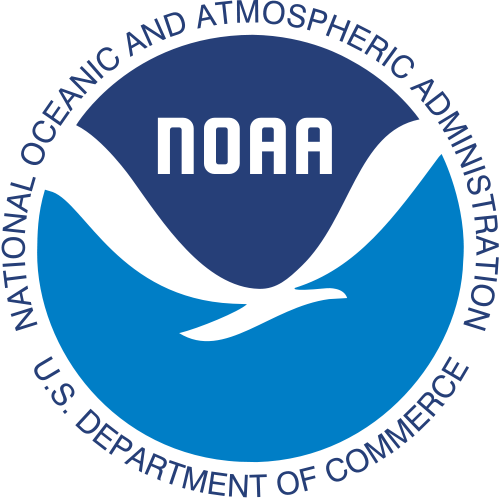Excerpted from NOAA's OAR Strategy 2020–2026 Plan Document

The Office of Oceanic and Atmospheric Research (OAR) provides the research foundation for understanding the complex systems that support the planet. Working in partnership with other organizational units of the National Oceanic and Atmospheric Administration (NOAA), a bureau of the Department of Commerce, OAR enables better forecasts, earlier warnings for natural disasters, and greater understanding of the Earth system.
In response to OAR's changing operating landscape and the specific factors influencing the environmental science community, OAR has developed five strategies that will help deliver NOAA's future. These strategies support the delivery of OAR's goals and objectives, as well as the advancement of NOAA's four science and technology focus areas: unmanned systems, artificial intelligence, omics, and cloud computing. Established to position OAR for future success, the following five strategies will enable the continued delivery of world-class science and the fulfillment of NOAA's mission.
1. Deliver world-class science together
OAR will operate as an integrated, connected, and aligned organization with a shared vision to deliver world-class products. Leadership will prioritize mission-driven research agendas to drive the delivery of NOAA's future. Recognizing that OAR cannot succeed alone, OAR will collaborate with other NOAA Line Offices, government, academia, nonprofit, industry, and international partners.
2. Develop the next-generation workforce
OAR will grow the leaders of tomorrow. With a focus on diversity and inclusion, OAR will broaden its talent pool to reflect multidisciplinary skill sets. OAR will develop leadership and management skill sets across the workforce to prepare for succession planning and the demands of the future.
3. Prioritize mission-relevant research
OAR will continue to contribute to fulfilling NOAA's vision of resilient ecosystems, communities, and economies. OAR will anticipate future scientific and operational needs, while delivering on current expectations. To strengthen and scale the relationship between OAR and the other NOAA Line Offices, OAR will leverage communication and process improvement experts, social scientists, and other relevant subject matter experts.
4. Strengthen internal and external collaboration
OAR will leverage the breadth of expertise across OAR, NOAA Line Offices, and external domestic and international communities to improve mission effectiveness. OAR will identify and improve processes and structures that facilitate stronger and more consistent collaboration across the organization, expanding the use of existing tools and forums. OAR will establish a standard approach for partnerships to maximize the value of each relationship, promote a unified message, and accelerate shared objectives.
5. Leverage new technology and advance computing capability
OAR will engage the external community to maintain awareness of new technology and explore innovative ways to acquire and use it. OAR will work across NOAA to develop a requirements-based approach to computing, accelerating its adoption and investing in its infrastructure to advance environmental modeling and achieve next-generation research.
For further details, including goals and objectives of the plan, download the OAR Strategic Plan 2020–2026.
For more information about OAR, please visit NOAA Research. 
